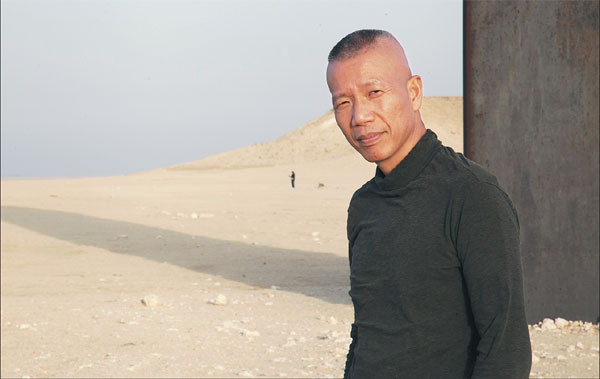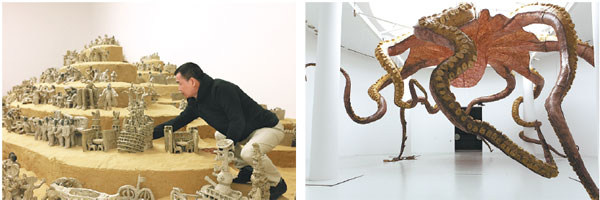Making waves in the sand
Updated: 2016-04-05 08:52
By Lin Qi(China Daily USA)
|
||||||||
An exhibition from the mainland showcasing each artist's unique artistic language and methodology is currently on in Doha, as part of the Qatar China 2016 Year of Culture. Lin Qi reports.
New York-based Chinese artist Cai Guoqiang says that he used to be often confused by a question raised by international curators and journalists.
"After talking a lot about my work and Chinese art, they ask: 'So, what about art?'
"It (the question) used to leave me puzzled because I used to think that we had been discussing art," the 58-year-old says.
But Cai says that he later realized that what they had been asking about was the individuality of Chinese contemporary artists - their true identities that were hidden behind things like politics and market phenomena.
"The Chinese coats", as he puts it, had led to attention being focused on other matters instead of the artists' creativity.
So, now he has posed same question in his latest project, What About the Art? Contemporary Art from China.
The project includes an exhibition currently on at the Qatar Museums' Gallery Alriwaq in Doha, a book of his interactions with 16 artists, including a duo featured in the exhibition, and a film documenting the work done by Cai and his team to put the show together over three years beginning in 2013.
Cai, who was in Beijing on Saturday to attend the screening of the film, hopes the exhibition can help peel off "the Chinese coats", which have been placed on the works by a hierarchy of dealers, gallerists, collectors and other market players.
He also hopes that this can help viewers discover the values, not market prices, of Chinese contemporary artists.
Part of the Qatar China 2016 Year of Culture, the exhibition is a curatorial commission of the Qatar Museums authority.
One of the QM's other affiliates, Mathaf: Arab Museum of Modern Art, held a solo exhibition by Cai called Cai Guo-Qiang: Saraab (which means mirage in Arabic) in 2011.
In order to pick the artists for the latest exhibition, which runs until July 16, Cai started with a list of 200-odd artists before paring it down.
His choices were made after surveying their past exhibitions and seeking opinions on them from curators in China, Japan and the United States.
In the one-hour film, which is also part of the project, Cai is shown visiting artists' studios in China and abroad and often asking them questions like, "What do you want to do?" and "What do you think is unique about your works?"
The exhibition includes works by veterans, such as Xu Bing, known for his Chinese character-inspired works and huge installations, and Huang Yong Ping, who led China's avant-garde movement in the 1980s and now lives in France.
It also includes pieces by artists from the younger generation, who have attracted much attention in recent years.
Among the works from the younger generation are pieces done by an artist collective comprising Sun Yuan and Peng Yu.
Cai believes the works in the show redirect the audience to Chinese artists' creativity in approaching art using diverse forms, and they show how the participants challenge themselves with questions essential to their creation and the concerns of the world.
"A good artist should always ask questions," he says.
"What about art? It is not only a question for Chinese artists, but also for artists in Islamic countries ... and other parts of the world who face the additional complications of social, political and cultural transformations, while striving for a space to express their individual interests."
Born in Quanzhou, in East China's Fujian province, Cai rose to international fame for using gunpowder to create paintings and on-site projects.
His reputation at home grew after he designed the fireworks display for the opening ceremony of the Beijing Olympics in 2008.
One of his recent works that created a sensation is Sky Ladder, in which a 500-meter-high ladder is pulled up using balloons and then blown up using gunpowder.
He presented the work on Huiyu island in Quanzhou last year.
A video recording the process was uploaded on the Internet, then went viral.
Speaking of the Doha exhibition, Cai refers to himself as an amateur curator.
And, in a bid to show what he sees as the immaturity and vitality of Chinese contemporary art that has developed in just the last three decades, he places the installation of Hu Zhijun, an amateur artist based in Beijing, at the entrance to the exhibition.
Hu, 63, was a farmer in his native Hunan province before he joined his son, Hu Disheng, an artist in Beijing, in 2009.
He then started to mold small clay figurines by hand in 2013.
Cai was so impressed with Hu's imagination when he saw his work that he commissioned him to do a piece for the Doha exhibition.
Hu then sculpted some 600 objects on a base that was shaped like a terraced field, showing important figures and events in the progress of Chinese contemporary art.
The Doha exhibition is Hu's debut show and his first trip abroad.
Hu's son says that his father has always loved handicrafts and describes his dad as being "unconventional and not a typical farmer".
But Hu begs to differ, saying: "Of course I'm still a farmer. I don't understand what contemporary art is. Making figurines is quite like farming - you have to work hard at it."
Cai finds in Hu a shared passion for art that blurs the divide between an amateur and a professional. He also detects a fighting spirit in the artists at the show to persist with their dreams.
As Cai says of the event: "The exhibition hall is not a shopping area. It should be the fighting ground for an artist."
He adds that artists should be like wild animals where the audience can see how they wrestle with themselves, dealing with their anxieties and loneliness while exploring their artistic impulses.
Contact the writer at linqi@chinadaily.com.cn
|
Cai Guoqiang, curator of the Doha exhibition. |
|
Farmerturnedartist Hu Zhijun's clay figurines (left) and Huang Yong Ping's workWu Zei (cuttlefish) are among the exhibits on show in Doha. Photos By Hu Disheng And Courtesy Of Cai Studio / For China Daily |
(China Daily USA 04/05/2016 page8)
- Xi: Talks 'only correct way' for China, ROK
- Xi to Obama: Disputes should be managed
- Cypriot court remands in custody man suspected of hijacking EgyptAir flight
- Govt eyes luxury tourists amid concerns over safety
- Sleep tight and don't let sharks bite at Paris aquarium
- Aung San Suu Kyi appointed as Myanmar's new foreign minister

 Microsoft embraces artificial intelligence
Microsoft embraces artificial intelligence
 Yao Ming introduced to Hall of Fame
Yao Ming introduced to Hall of Fame
 The world in photos: March 28 - April 3
The world in photos: March 28 - April 3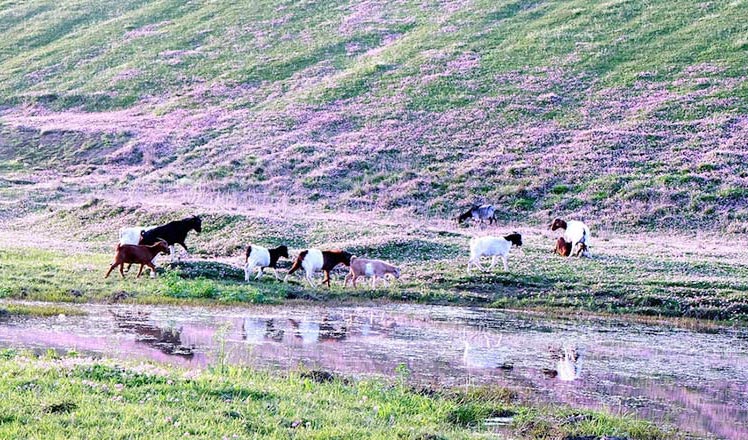
 Discover beautiful China in spring blossom (V)
Discover beautiful China in spring blossom (V)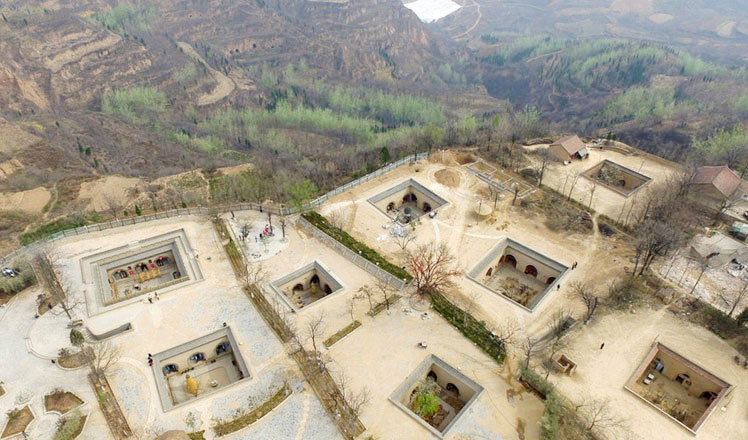
 'Pit yards' to open to visitors
'Pit yards' to open to visitors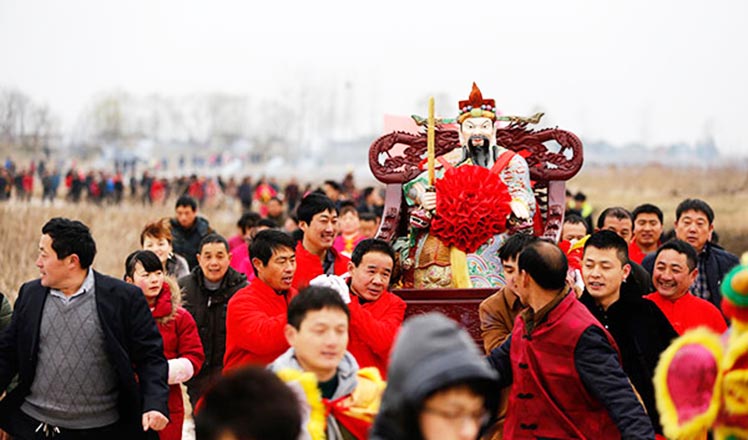
 Ancestral temples continue to bring family members together
Ancestral temples continue to bring family members together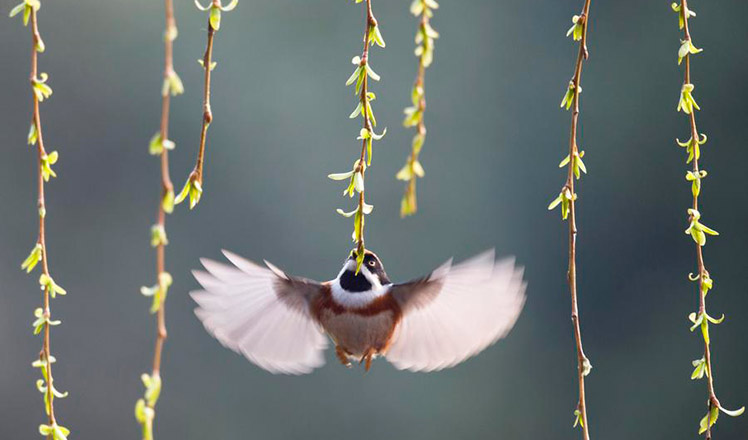
 Culture Insider: 8 things you may not know about Clear and Bright
Culture Insider: 8 things you may not know about Clear and Bright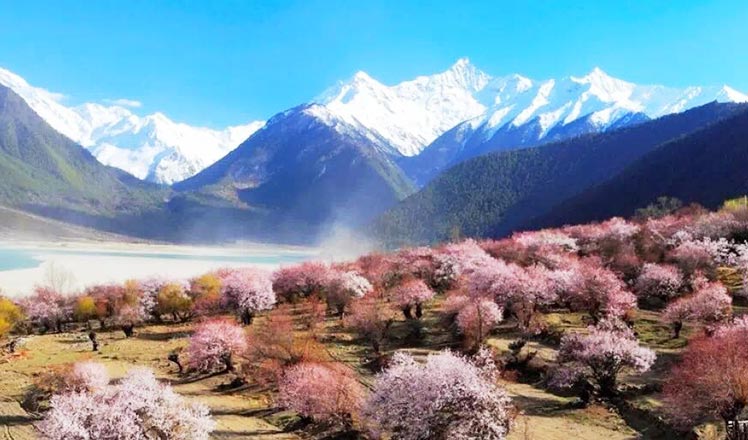
 Discover beautiful China in spring blossom (IV)
Discover beautiful China in spring blossom (IV)
Most Viewed
Editor's Picks

|

|

|

|

|

|
Today's Top News
Marriott unlikely to top Anbang offer for Starwood: Observers
Chinese biopharma debuts on Nasdaq
What ends Jeb Bush's White House hopes
Investigation for Nicolas's campaign
Will US-ASEAN meeting be good for region?
Accentuate the positive in Sino-US relations
Dangerous games on peninsula will have no winner
National Art Museum showing 400 puppets in new exhibition
US Weekly

|

|
